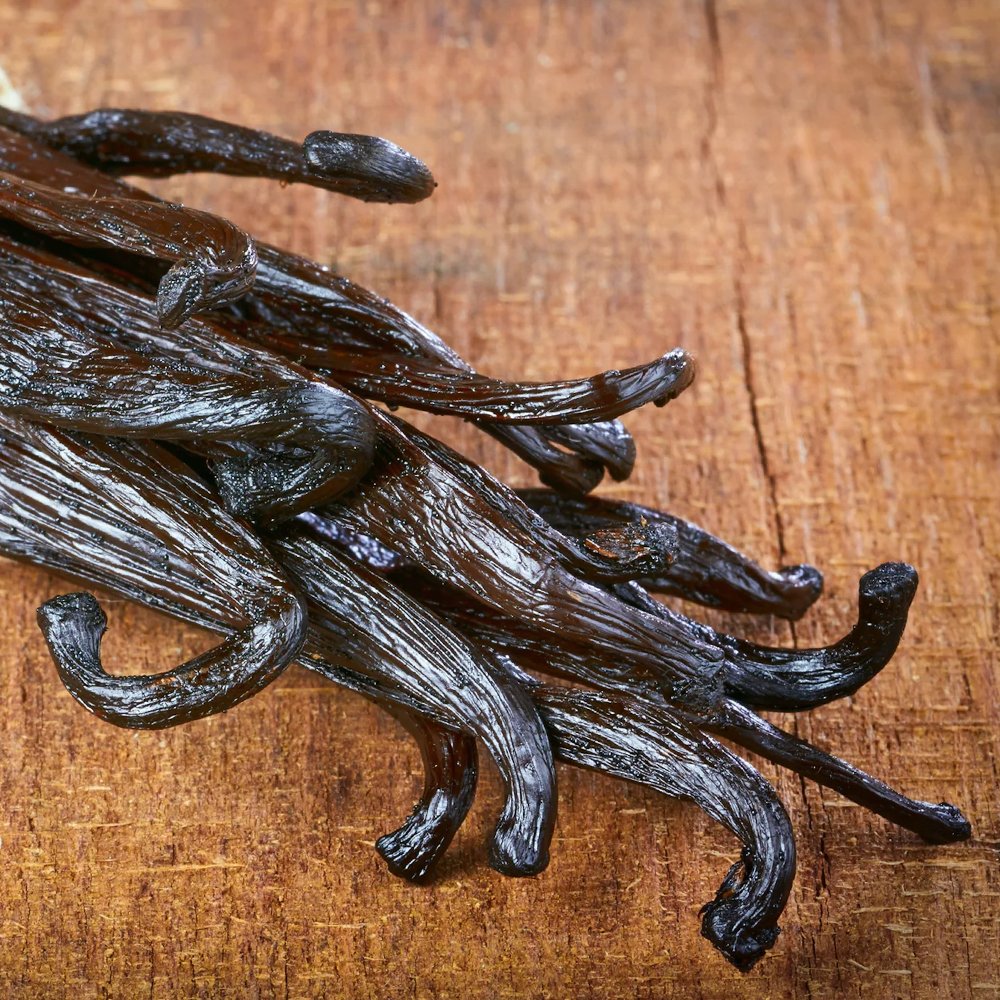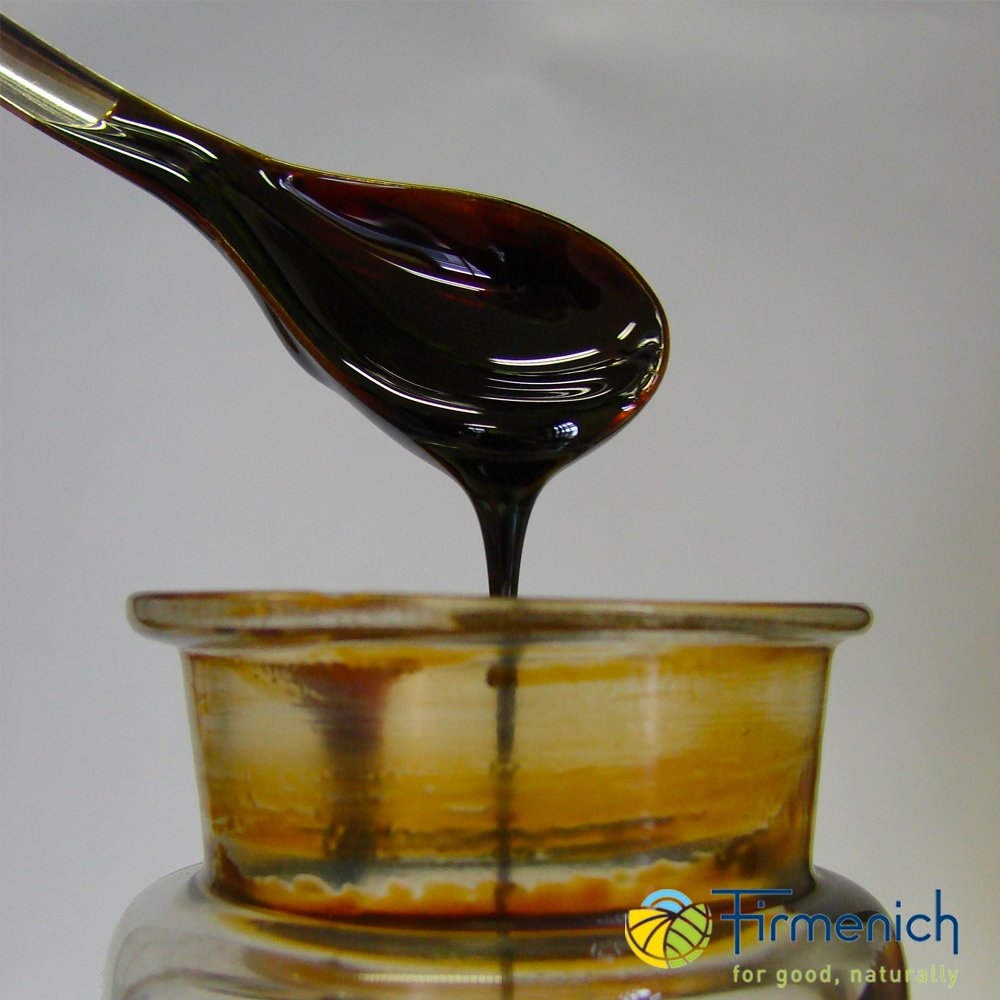Natural Ingredient Overview
🌏 Origin: Laos, Thailand, Vietnam, Cambodia
📂 CAS N°: 9000-72-0
⚖️ MW: Not applicable (natural resin mixture)
📝 Odor type: Balsamic sweet
📈 Odor Strength: Persistent for more than 24h
👃🏼 Odor Profile: Sweet, vanillic, soft, warm, delicate, slightly creamy
⚗️ Uses: Fixative in perfumery; base material in incense, cosmetics, and bakhoor; flavoring agent
🧴 Appearance: Thick dark orange resin in DPG solution; semi-viscous
What is Benzoin Siam?
Benzoin Siam is a natural resin obtained by tapping Styrax tonkinensis, a tree native to Indochina. The fragrant exudate is pathologically produced when the bark is incised. The raw resin, typically collected in hard, yellow-orange tear-shaped pieces, is then extracted with Dipropylene Glycol (DPG) to form a resinoid that is alcohol-soluble and suitable for perfumery.
Its odor is softer and more vanillic than Sumatra benzoin, with less smoky or phenolic character. It is often used in premium incense blends and church liturgy, especially in Orthodox Christian and Gulf Arab cultures.
Olfactory Profile and Perfumery Applications
Benzoin Siam Resinoid is used as a base note and fixative, providing:
Long-lasting warmth
Smooth, balsamic sweetness
Gentle vanillin effect
It is particularly suited to:
Oriental and amber accords
Incense-based compositions
Gourmand fragrances
Spiced florals and sacred blends
Its soft character makes it easier to blend than Sumatra benzoin. Use levels typically range:
Fine fragrance: 1–5%
Incense and bakhoor: Higher concentrations depending on formulation
Soaps and balms: 0.5–2%
Pairs well with vanilla, labdanum, sandalwood, frankincense, myrrh, and clove.
Industrial and Cultural Uses
Benzoin Siam is widely used in:
Religious incense: Orthodox, Catholic, Gulf Arab, Indian traditions
Bakhoor and perfumed wood chips
Japanese and Chinese incense formulations
Papier d’Arménie (scented blotting paper)
Scented candles and cosmetics
Flavoring in food and drink (unregulated use)
In perfumery, it is often used to stabilize floral and spicy formulas, extending evaporation curves and enriching base notes.
Regulatory and Safety Overview
IFRA: Regulated under allergen/sensitization framework; limited in leave-on products
EU Allergens: May contain trace benzyl alcohol and benzoic/cinnamic acids
ECHA Classification: Not classified as hazardous; skin sensitization possible in high concentrations
REACH: Registered as natural resin extract
FEMA: Not currently listed for food use under FEMA
✅ Use within IFRA-compliant limits. Evaluate allergen declaration depending on grade and extract solvent used.
Related Scentspiracy Materials
Benzoin Sumatra: Harsher, smokier, contains more cinnamic acid
Labdanum Resinoid: Resinous-leathery base fixative
Vanillin: Sharper, isolated sweet note; less balsamic
Tolu Balsam: More rounded and spiced sweetness
Sources
Arctander, S. (1961). Perfume and Flavor Materials of Natural Origin
Wikipedia – Benzoin entry (Styrax tonkinensis)
IFRA Standards Documentation (51st Amendment)
Internal Scentspiracy Natural Ingredient Archive








